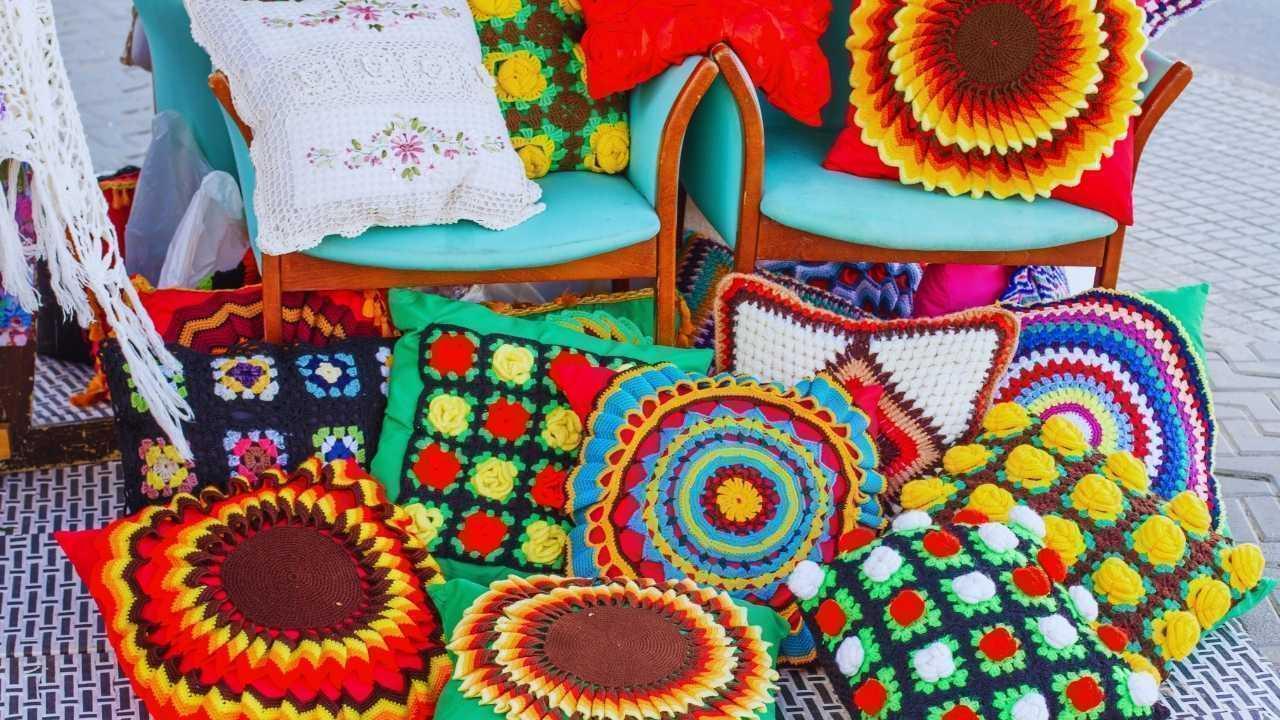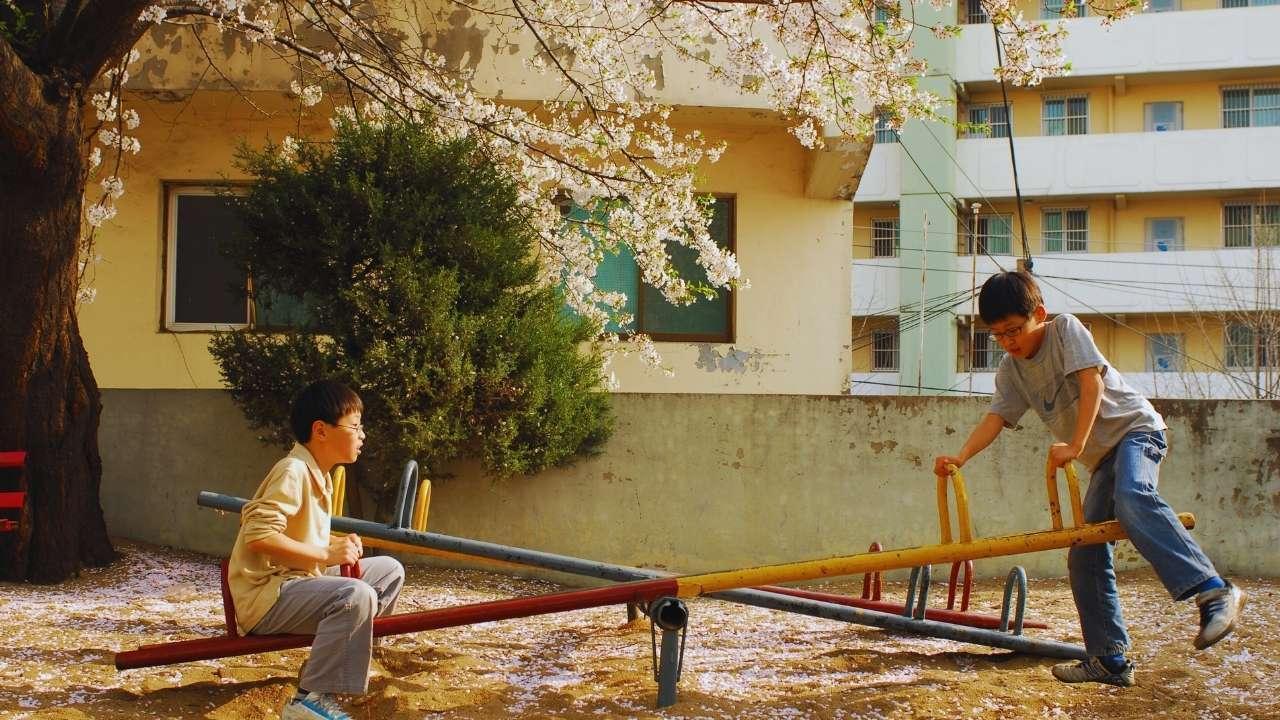
Join 10k+ people to get notified about new posts, news and tips.
Do not worry we don't spam!

Post by : Anis Farhan
In recent years, festive décor has been dominated by mass-manufactured products—bright, polished, convenient and ready to use. But this year marks a remarkable shift: handmade décor is returning with fresh energy. Families are increasingly choosing handcrafted lanterns, clay diyas, fabric buntings, paper art, hand-painted pieces, and natural materials. What once felt old-fashioned or time-consuming is now appreciated for its charm, uniqueness and soul.
This revival is not nostalgia alone. It reflects a deeper lifestyle change. People want home environments that feel personal and meaningful—especially during festivals when emotions, rituals and family memories play a powerful role. Handmade décor meets that emotional need beautifully. Every crafted item tells a story: who made it, how it was crafted, and why it matters to the home.
The return of handmade décor is shaped by a blend of cultural, emotional and practical factors. Together, they create an ecosystem where handcraft feels more relevant than ever.
In a world overflowing with machine-made décor, handmade items feel real. A hand-painted lamp or a stitched wall hanging brings irregularities and textures that mass-produced décor can’t replicate. These imperfections add character and warmth, making homes look lived-in rather than staged.
Festival décor is not just aesthetic—it’s cultural expression. Handmade objects bring back memories of childhood celebrations, grandparents crafting decorations, and families preparing homes together. This emotional link is one of the strongest reasons behind the comeback.
People are rediscovering joy in making things by hand. DIY decorations, community craft workshops, and handmade décor tutorials are encouraging individuals to slow down, create and enjoy the process—all of which align with today’s mental-wellbeing focus.
Mass-produced festival décor often uses plastics, chemical paints and disposable designs. Handmade décor, by contrast, usually relies on natural, biodegradable or recycled materials. This shift reflects a growing eco-consciousness among families, especially younger generations.
The rise of handmade décor is also driven by the desire to support local communities. Artisans, craft clusters and small creators gain visibility during festive seasons when buyers actively seek meaningful, locally made pieces.
The handmade décor wave is reshaping festival homes in many creative and refreshing ways. Here are the most noticeable trends this season.
Clay diyas, hand-shaped pots, rustic candle holders and terracotta idols are returning to homes. Their earthy tones add warmth, and their texture enhances the festive ambience naturally. Many families choose to paint and decorate these pieces themselves.
Hand-stitched torans, macramé hangings, fabric buntings, patchwork runners, and embroidered table covers are gaining popularity. These add colour without relying on synthetic materials and last far longer than single-season décor.
Paper lanterns, origami stars, quilled décor and hand-cut designs are taking over walls and windows. Regions are also reviving local paper craft styles—like lanterns, festive pop-ups and intricate paper motifs—that were fading earlier.
Coconut leaves, banana stems, marigold flowers, palm strands, dried flowers, jute rope, bamboo sticks and twigs are used extensively this season. These elements not only look organic but also reduce waste.
Families are embracing hand-painted diyas, coasters, wooden boards, vases, and bottles. Many create personalised pieces with family initials, festival motifs and traditional patterns.
Old sarees become cushion covers and backdrops. Leftover fabrics become buntings. Glass jars become lanterns. Cardboard boxes turn into display stands. Households are finding ways to transform forgotten items into festive décor.
Parents are involving kids in crafting, making décor a family bonding activity. Painted pots, hand-cut paper garlands, clay models and homemade candles add a personal touch and create memories.
Handmade décor creates emotional warmth that factory-made products simply can’t deliver. This warmth comes from several subtle but powerful elements:
Who made it, how long it took, what inspired the design—each detail makes the décor meaningful.
Crafted items match the homeowner’s personality. Whether minimalist, traditional or eclectic, handmade décor adapts beautifully.
Festivals are about preparation, effort and involvement. Handmade décor represents that labour of love, making homes feel cared for.
When family members craft together, the décor becomes a physical form of togetherness, silently reminding everyone of shared moments.
Local markets are experiencing a vibrant shift this season:
Craft stalls are more visible
Handmade décor gets premium display spaces
Artisans from villages are invited to urban pop-ups
Eco-friendly décor sections are growing rapidly
Workshops and live demonstrations attract crowds
This trend doesn’t just benefit artisans—it transforms the market atmosphere, making festival shopping more immersive, colourful and interactive.
The popularity of handmade décor is not just a festive trend—it's part of a wider social movement.
Handmade pieces let people step away from the “perfect Instagram décor” mindset. Homes feel more real and grounded.
People want to showcase who they are and where they come from. Handmade décor strengthens local and regional pride.
Eco-friendly décor choices reflect responsibility and awareness among consumers.
Younger generations are acknowledging the value of traditional craftsmen and their skills.
Despite its charm, handmade décor does come with hurdles:
Handmaking takes time. Many families now start preparations earlier or simplify designs.
Though more expensive than mass-produced items, buyers view it as a contribution to craft preservation and local livelihoods.
Clay, paper and natural fibres need careful handling. Many households adopt simple storage techniques or protective coatings.
Handmade items often sell out quickly. Pre-booking and visiting local markets early solves this issue.
Festivals are deeply emotional periods—moments of reflection, gratitude and bonding. Handmade décor enhances that emotional experience.
It reminds people of family heritage
It brings back childhood memories
It helps create new memories
It fosters unity and participation
It slows down the fast-paced lifestyle
In many ways, handmade décor is not about the item itself—it’s about the feelings it nurtures within a home.
Based on current patterns, yes. The trend shows signs of long-term relevance because:
Craft revival movements are strengthening
Artisans are gaining social media presence
Consumers want meaningful purchases
Eco-friendly décor is becoming mainstream
Families prefer personalised designs
DIY communities are growing rapidly
Handmade décor seems less like a passing wave and more like a cultural renaissance.
The return of handmade décor in festival homes is a powerful cultural shift. It reflects a deeper desire for authenticity, emotion, sustainability and connection. Handmade décor turns houses into warm, vibrant, meaningful spaces—filled with stories, memories and creativity. As families relearn the joy of crafting and rediscover the charm of handmade items, festivals are once again becoming heartfelt celebrations rather than just visually impressive events.
Handmade décor is not only a design choice—it’s a return to roots, a celebration of personal touch and a meaningful nod to tradition in a rapidly changing world.
This article is for informational and editorial purposes only. Cultural practices, craft traditions and décor preferences vary widely. Readers should adapt ideas to their personal taste, safety considerations and local customs.










Rashmika and Vijay: A Journey of Love and Support
Vijay and Rashmika charm fans with their romance, as she shares insights on love and relationships a

Abu Dhabi Welcomes Round Two of the Formula 4 Powerboat Championship
The UAE's Formula 4 Powerboat Championship returns to Abu Dhabi Corniche, featuring local and intern

India A Set to Challenge Oman in Asia Cup Rising Stars 2025
India A gears up to face Oman in the Asia Cup Rising Stars 2025, seeking to recover after a previous

Keisuke Honda Optimistic About Japan's 2026 World Cup Chances
Keisuke Honda is confident that Japan's talented team can make a deep run in the 2026 World Cup, aim

Koeman Commends Netherlands Team Ahead of 2026 World Cup
Ronald Koeman celebrates the Netherlands team's 4-0 victory over Lithuania, praising the squad's dep

Tuchel Aims to Reintegrate England Stars Ahead of World Cup
England manager Tuchel will reach out to dropped players like Alexander-Arnold and Bellingham, aidin